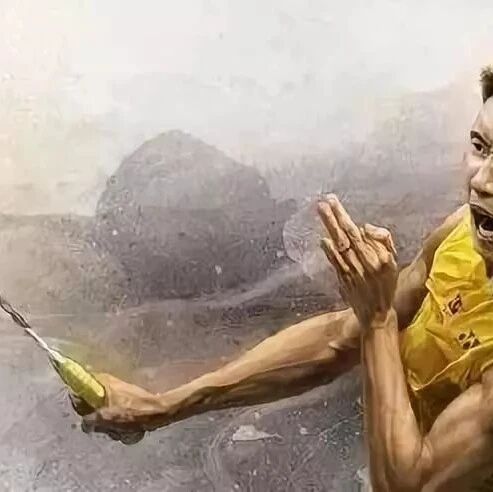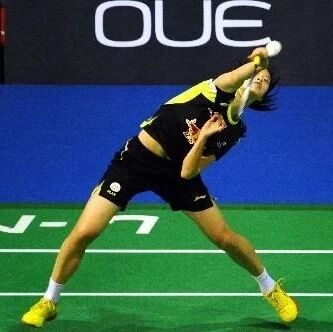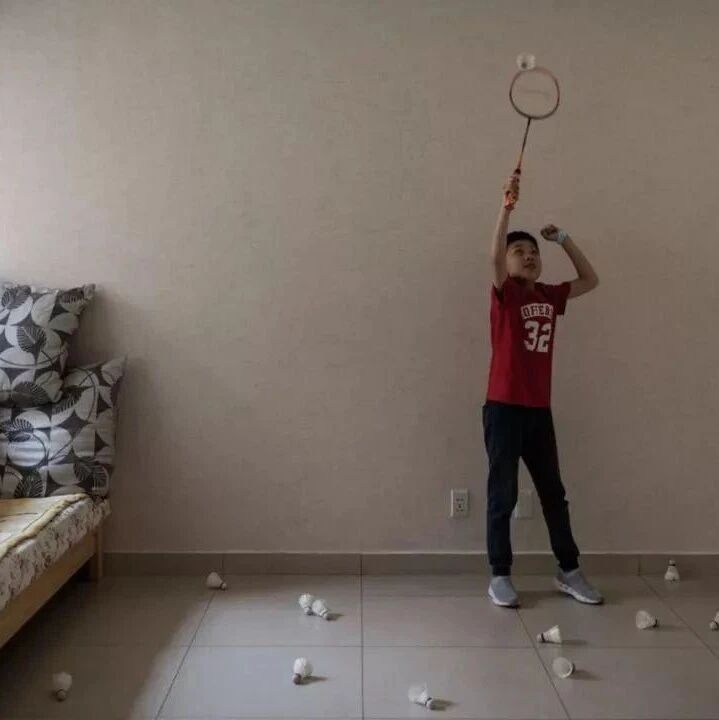Step-by-step guide to hitting a forehand high clear


The flat high shot is the most commonly used stroke and one of the most crucial techniques in singles play. Today, our instructor will guide you step by step on how to master this stylish flat high shot.

When preparing to hit the ball, stand at the backcourt baseline.
If you're close to the net, perhaps a drop shot might be the better choice.
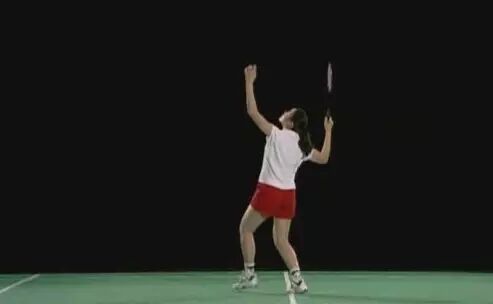
When preparing to hit the ball here, the power generated by your legs must flow through your waist, abdomen, chest, shoulders, and arms—ultimately reaching the racket.
Let's break down the actions step by step.
First, position yourself sideways to the net, with your feet shoulder-width apart. Next, open up your chest—this is basically how it should look.
When doing this, you’ll feel a slight stretch in the front of your shoulder. Use your other arm to maintain balance.
The key here is to keep your chest open—don’t let your shoulders rise into this position, as that will restrict your swing. It’s perfectly fine for your elbows to point slightly downward or even upward; the real focus is maintaining an open chest.
The generation of power comes from bending the legs and shifting your center of gravity onto them. As you extend your legs, that force is transferred to your lower back, core, and shoulders.
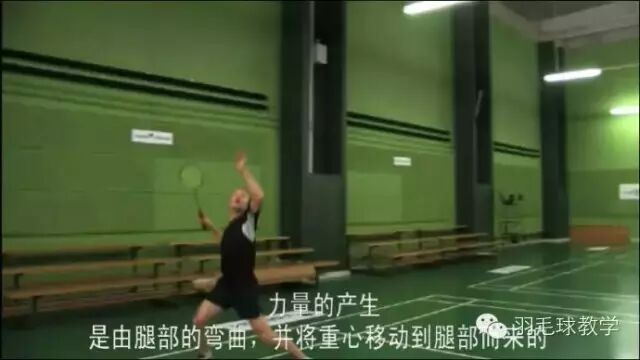
Figure 1. Forehand flat high shot: Leg extension transfers power to the waist, abdomen, and shoulders.
This rotational movement brings the elbow into this position. The elbow points upward, with the clubhead resting behind the neck.
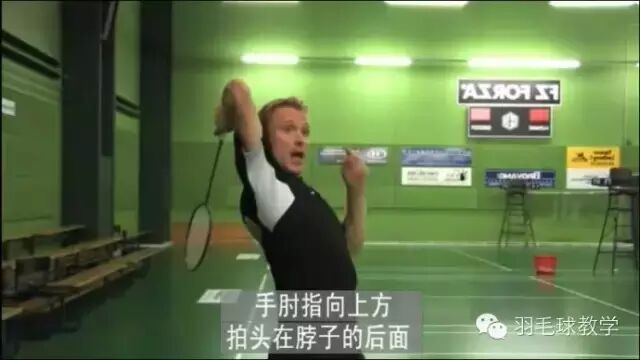
Figure 2: Forehand high-clear shot—elbow pointing upward, racket head positioned behind the neck.
Starting from this position, engage your core by drawing your upper body forward while simultaneously initiating a bend at the elbows, internally rotating your forearms, and swinging the racket. This motion will help guide the racket to the ideal impact point above your head—delivering a crisp, quick, and decisive strike when you make contact with the ball.
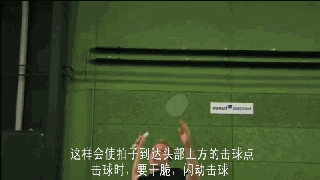
Figure 3. Method for Generating Power in a Forehand Clear Smash
After completing the swing, follow through by gently tucking the racket back, while leaning your body forward and smoothly returning to your starting position.
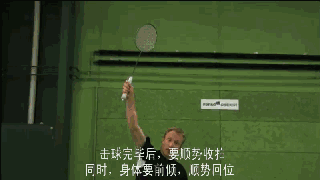
Figure 4. Returning to the Ready Position After a Forehand Clear with Smooth Follow-Through
⑴ The direction of your shot is determined by the orientation of your abdomen at the moment of impact. For example, when hitting a cross-court shot, your abdomen should face diagonally toward the court. If you’re hitting a straight-line shot, your abdomen should align directly with the intended trajectory.
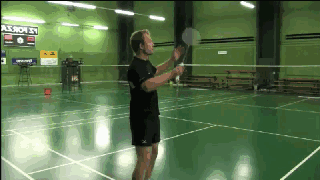
Figure 5: The direction of the shot is determined by the orientation of the abdomen toward the forehand high-clear.
② Also, when hitting the ball, hold the racket in the forehand grip.
⑶ When you’re forced to play a backhand from the baseline, hitting an overhead shot is better than a backhand. The overhead shot is quite similar to hitting with your forehand.
The difference is that swinging the racket overhead can easily throw your body off balance. To maintain stability, engage your core—more specifically, contract your oblique muscles. After completing the swing, continue to stabilize your body by gently contracting your obliques, allowing you to smoothly return to your starting position.
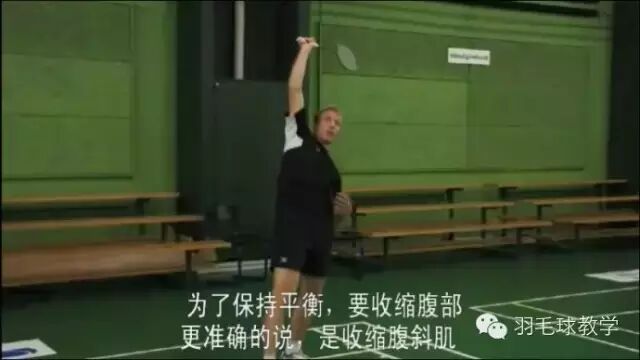
Figure 6: Forehand Clear with Contraction of the Abdominal Obliques in the Overhead Position
More article recommendations:
Stretching and cooling down after badminton is actually more important than warming up.
